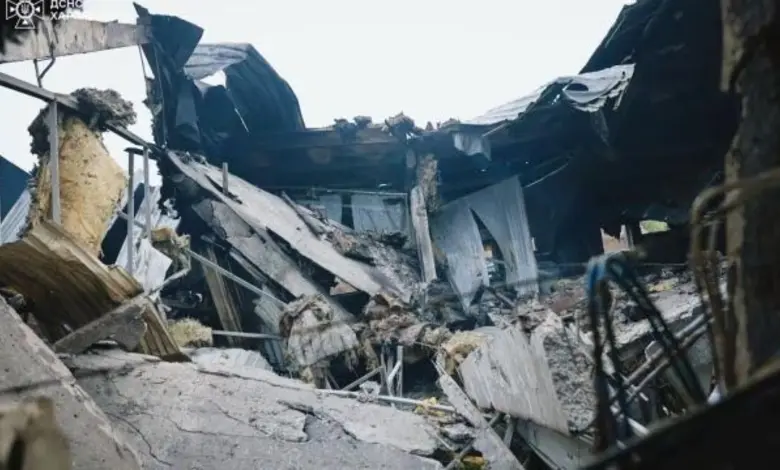Russian Airstrikes Target Western Ukraine, Prompting Polish Air Defenses to Surge

In a tense escalation along NATO’s eastern flank, Poland mobilized its fighter jets in the early hours of Sunday to safeguard its skies following a barrage of Russian missiles and drones that hammered Ukraine’s Lviv region, just kilometers from the border. The assault triggered widespread blackouts and left casualties in its wake, underscoring the persistent spillover risks of Moscow’s campaign against Kyiv.
Polish military authorities confirmed the rapid deployment, noting that both their aircraft and those from allied nations were airborne over the country. Ground-based defenses and radar units were elevated to maximum alert status, as announced via a post on X by Poland’s operational command. This response came amid a prolonged air raid siren across Ukraine, with the nation’s air force broadcasting its starkest advisories yet for incoming threats zeroed in on Lviv.
The western hub of Lviv, situated roughly 70 kilometers from Poland, absorbed the brunt of the overnight onslaught. Local air defenses sprang into action against an initial drone incursion, swiftly followed by missile barrages, according to Andriy Sadovyi, the city’s mayor. By 7:30 a.m. local time—4:30 a.m. GMT—sections of Lviv lingered in darkness, with public transit stalled. Sadovyi cautioned residents via Telegram, as covered by news agency Reuters, that venturing outdoors remained perilous amid lingering hazards.
The strikes extended eastward, ravaging Zaporizhzhia, the administrative center of its namesake oblast under fierce contestation. A midnight assault there claimed one life and wounded nine, regional governor Ivan Fedorov reported on Telegram. “Apartment blocks and private houses were damaged, cars burned. Windows were blown out, yards wrecked,” Fedorov detailed, highlighting the devastation’s scope. Power failures cascaded through the southeast, affecting more than 73,000 households.
Compounding the crisis, the Russian-held Zaporizhzhia Nuclear Power Plant—about 55 kilometers southwest of the city—has operated without off-site electricity since September 23, heightening fears over nuclear safety in the war zone.
This latest flare-up builds on a pattern of cross-border incidents. Late last month, Poland shuttered a swath of airspace southeast of Warsaw in reaction to another massive Russian offensive spanning Ukraine. Earlier in September, Polish and NATO troops downed Russian drones that strayed into Polish territory, marking their inaugural armed clash with Russian forces since the Kremlin’s all-out assault on Ukraine began in 2022.
The ripple effects have disrupted civilian aviation farther afield. Airports in Germany, Denmark, Norway, and Poland halted operations recently after spotting unidentified drones. Neighboring Romania and Estonia have pointed fingers at Russia for orchestrating these episodes, allegations the Kremlin has flatly rejected.
As the conflict grinds into its third year, such near-misses amplify anxieties over unintended escalation, with Western capitals bracing for any inadvertent widening of the front lines.




